Most well-known Hungarian alcoholic drinks to savour in the summer heat
Alcohol has traditionally played a fairly pivotal role in Hungarian history and society. The country’s natural resources of exquisite grape hills, rolling fields of wheat and barley and orchards of fruit trees makes it a perfect candidate to produce a large variety of alcoholic drinks in. It’s no wonder why Hungary boosts a wide array of spirits and boozes of different types and qualities. In this article, we have gathered a list of alcoholic drinks for you to try out if you happen to be enjoying your summer in this country.
Hungarian Beer
Hungary is home to quite a few different domestic and craft beer brands. The two most widely consumed commercial beers have to be Dreher and Soproni.
Dreher is one of the oldest Hungarian beers and has several different types you can try. These include Gold (classic), IPA, Hidegkomlós (cold hops) and Meggy (sour cherry). They also offer many fruity non-alcoholic beer types such as pomelo-grapefruit, pomegranate or lemon if you want the refreshing taste without the alcohol.
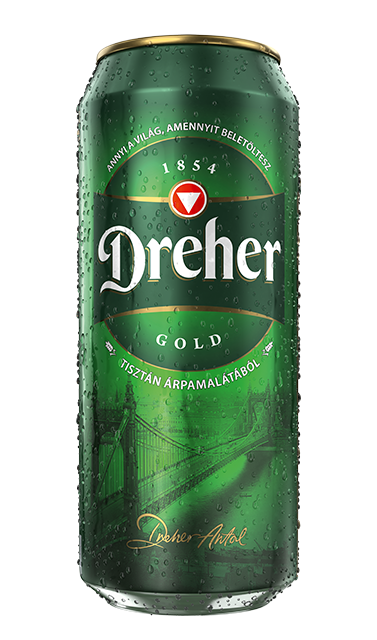
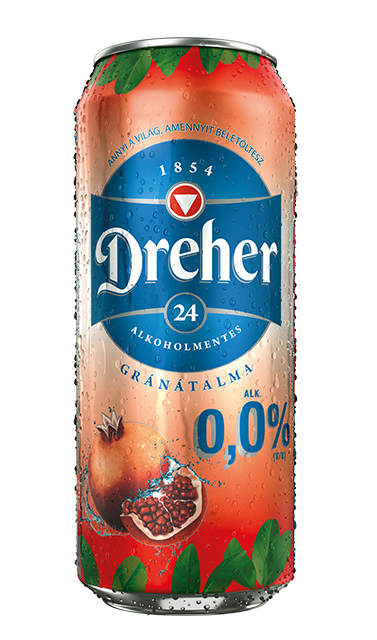
Soproni is another well-known Hungarian beer brand from Sopron, which is a city on the border of Austria. They produce a variety of beers, including Classic, IPA, APA, Búza (Wheat) or Meggy. For non-alcohol drinkers, they also have a selection of radlers with several fruity flavours, like lime-mint, sour cherry-lemon or pear-lemon.
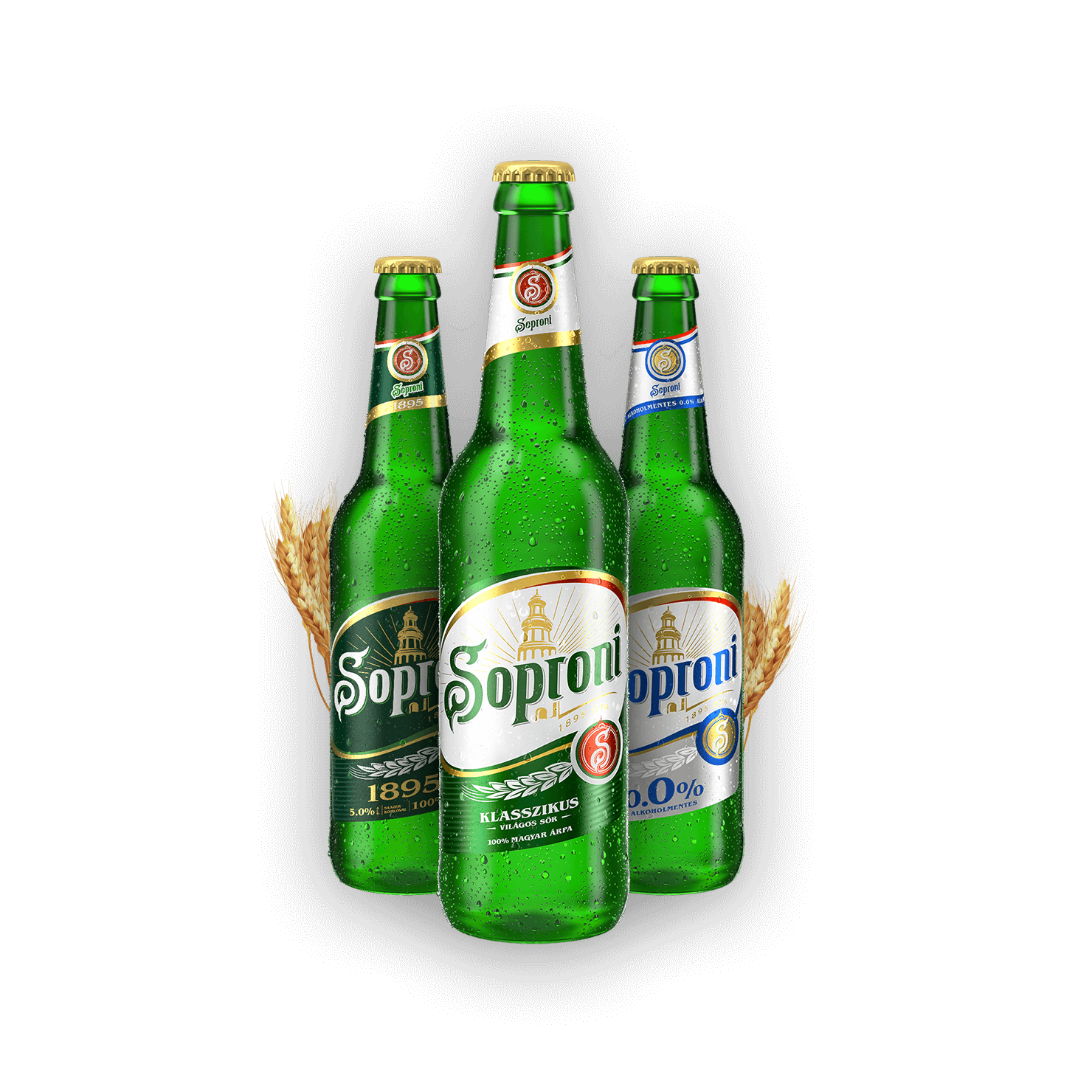
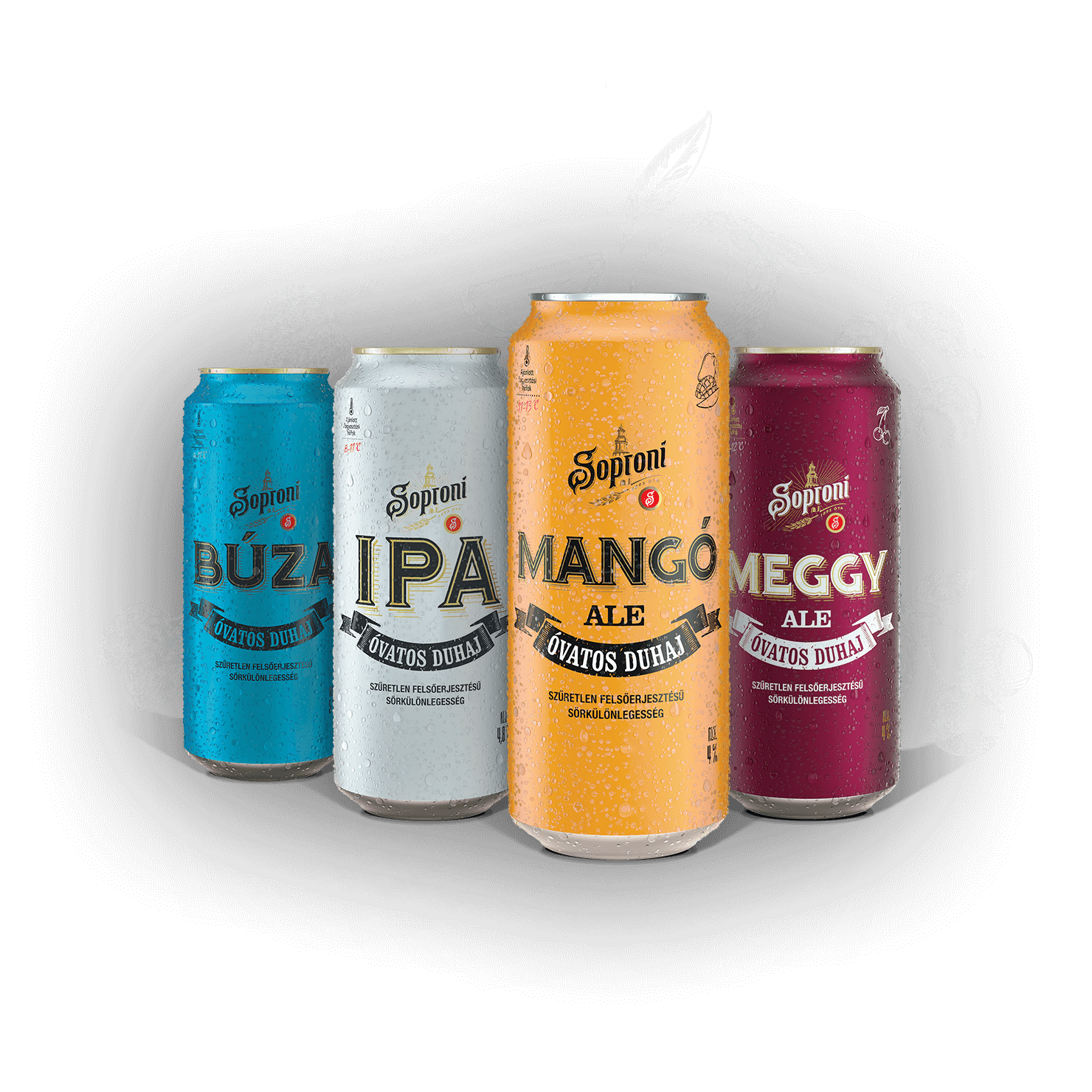
In the last few years, Hungarian craft beer has also become more apparent on the market. Smaller breweries such as Mad Scientist, Fehér Nyúl and MONYO are just some of the more well-known brands. If you want to learn more about the world of Hungarian handcrafted beers, visit a craft beer place around you to ask for more information.
Hungarian wine
Hungary is home to dozens of different wine brands, with multiple wine regions producing high-quality products that compete even on the European stage. The three most influential vineyards are Tokaj, Eger and Villány.
The crown jewel of Tokaj wines is Tokaji Aszú, a sweet dessert wine made from grapes affected by noble rot, a beneficial mould called Botrytis cinerea. This mould concentrates the sugars and flavours in the grapes, resulting in luscious and complex wines. Aszú berries are handpicked and added to a base wine called must, creating a rich, sweet and aromatic elixir.
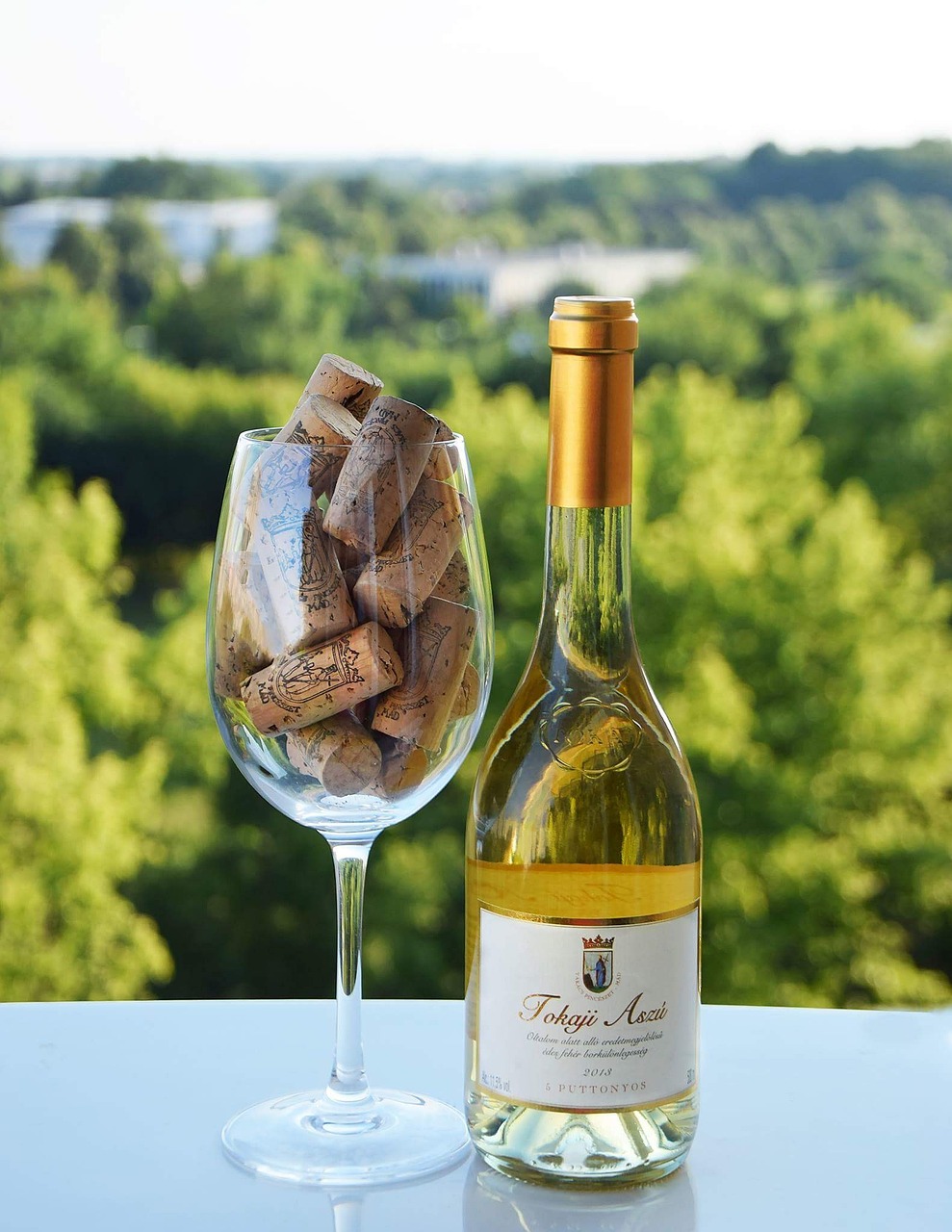
Egri Bikavér (bull’s blood) is the most famous and emblematic wine of Eger. It is a red blend typically made from a combination of indigenous Hungarian grape varieties such as Kékfrankos (Blaufränkisch), Kadarka and international varieties like Cabernet Sauvignon and Merlot. Egri Bikavér is characterised by its deep red colour, full bod, and complex flavours.
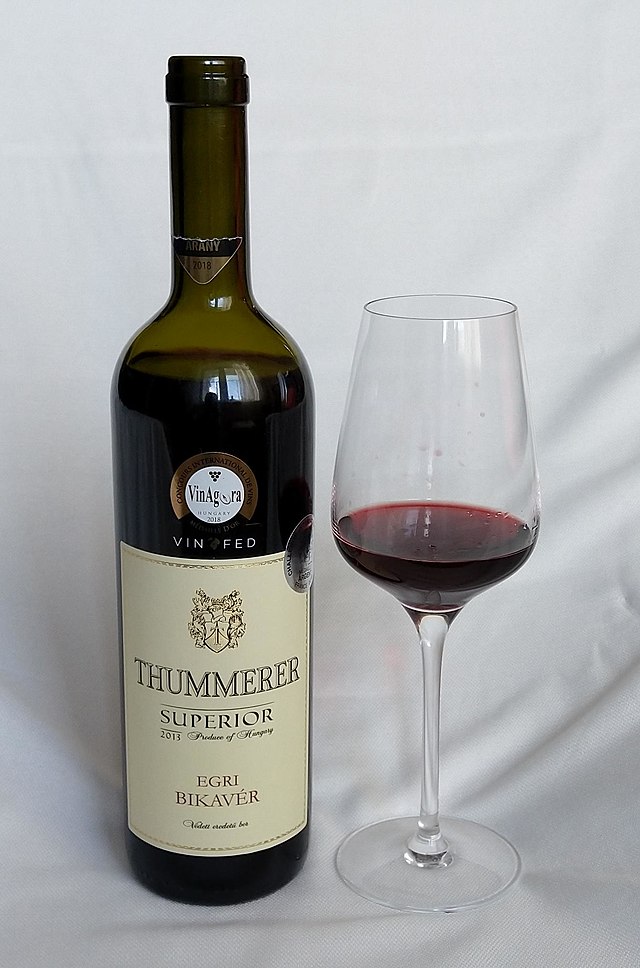
The Villány region lacks one very special brand of wine to mention. However, instead, they have a wide range of wine producers, such as Gere, Vylyan and Bock. These vineyards make several types of wine, including white, rose and red, with the rose and Portugieser varieties being more well-known. Mokos vineyard makes very special fruit wines which you should try if you are interested in something a little bit different.

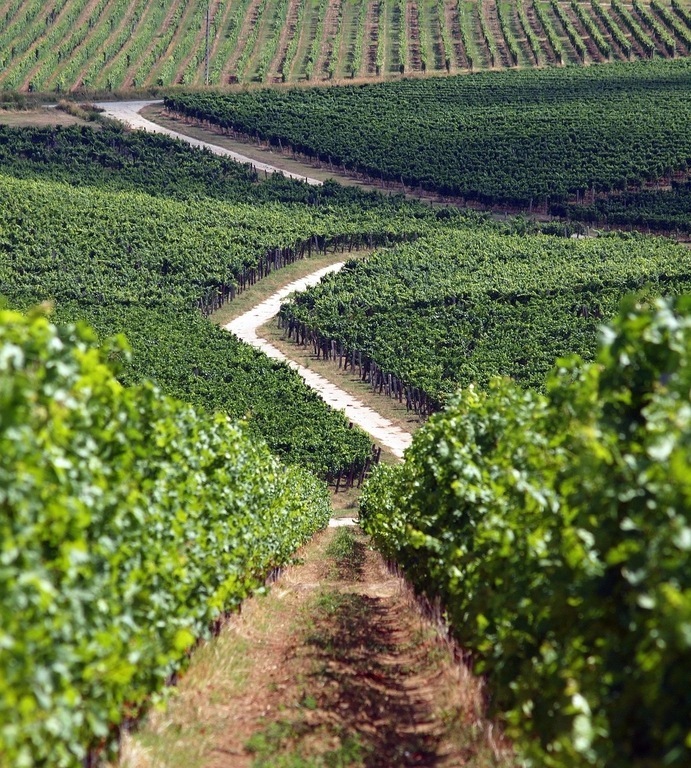
Unicum
Unicum is a traditional Hungarian herbal liqueur that holds a significant place in Hungarian culture and history. It is made from a secret blend of over forty different herbs and spices. However, the exact recipe remains a family secret. The herbs are macerated and then aged in oak casks for several months to develop their distinct flavours and aromas. Hungarians tend to drink it as a digestif after a meal.
In addition to the original Unicum, the Zwack family has also introduced a variation called Unicum Next. This is a slightly milder and sweeter version of the original, designed to appeal to a broader audience while still maintaining the distinctive character of Unicum.
Unicum is one of the most well-known and loved Hungarian alcoholic drinks and is considered a “hungarikum”. Enjoyed by both Hungarians and foreigners alike, it holds a special place in the culture of the country.
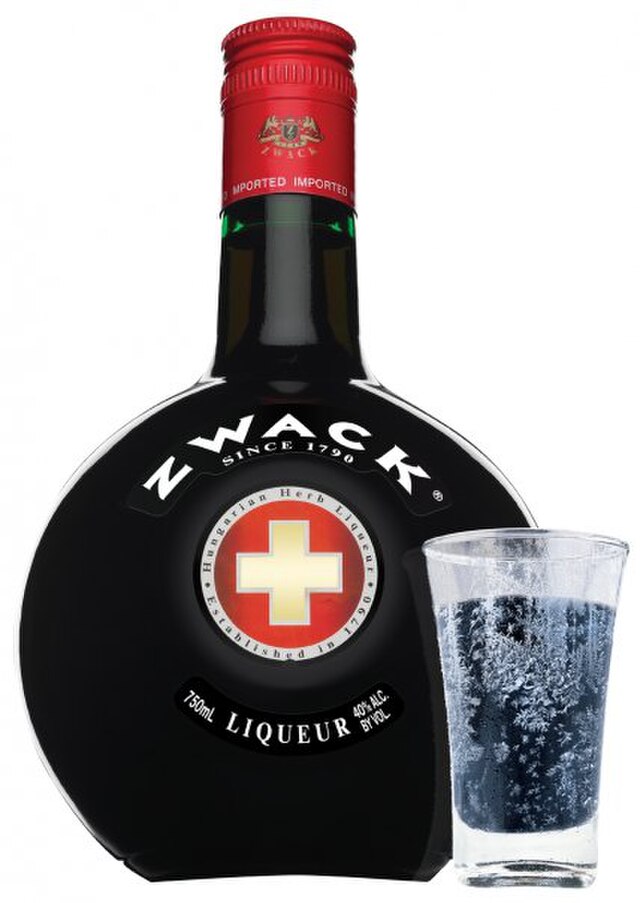
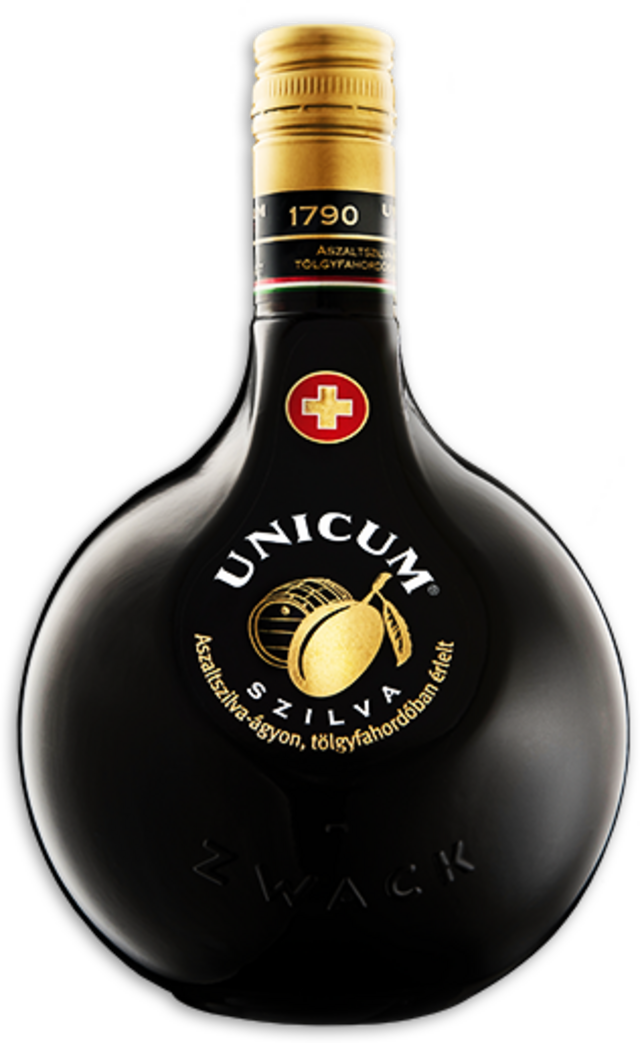
Pálinka
Last but not least, the most important and sought-after of them all, the Hungarian pálinka. It is a fruit brandy that holds a special place in the locals’ hearts. Pálinka is considered the national spirit of the country.
Pálinka is made through a process of fermentation and distillation of various fruits. Only high-quality, ripe fruits are used, and they must be grown in Hungary or specific regions of neighbouring countries. Common fruits used in pálinka production include apricots, plums, cherries, pears and apples.

Hungarian law defines strict regulations for pálinka production to ensure its quality and authenticity. These regulations specify that pálinka must be produced solely from fruit, without the addition of any artificial flavours, sweeteners or other additives. It must also be bottled at a minimum alcohol content of 37.5%. Pálinka that meets these requirements is marked with a seal of origin on the bottle’s label.
Pálinka showcases the natural flavours and aromas of the fruit from which it is made. Each variety of fruit imparts its own distinct character to the spirit, resulting in a wide range of tastes.
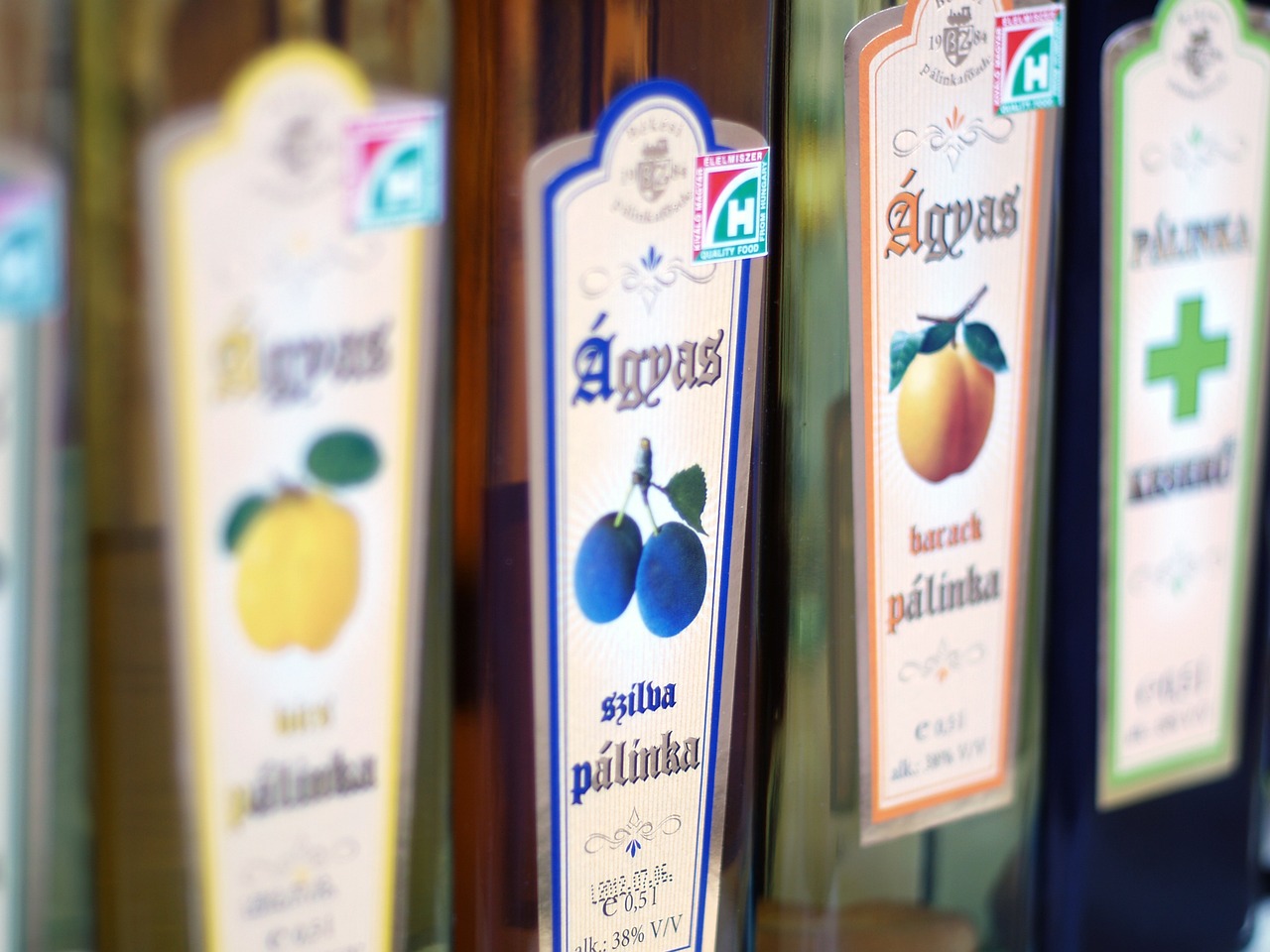
The drink has deep cultural roots in Hungary and is considered a symbol of Hungarian heritage and tradition. It is often enjoyed during social gatherings, celebrations and special occasions. Pálinka is also known for its perceived medicinal properties, with many Hungarians believing it can help with digestion or provide relief from minor ailments.
It is not only a cherished spirit of all alcoholic drinks in Hungary but has also gained recognition internationally for its unique flavours and traditional production methods. Its strong ties to Hungarian culture and the meticulous craftsmanship involved in its production make pálinka a beloved and iconic part of the country’s culinary heritage.
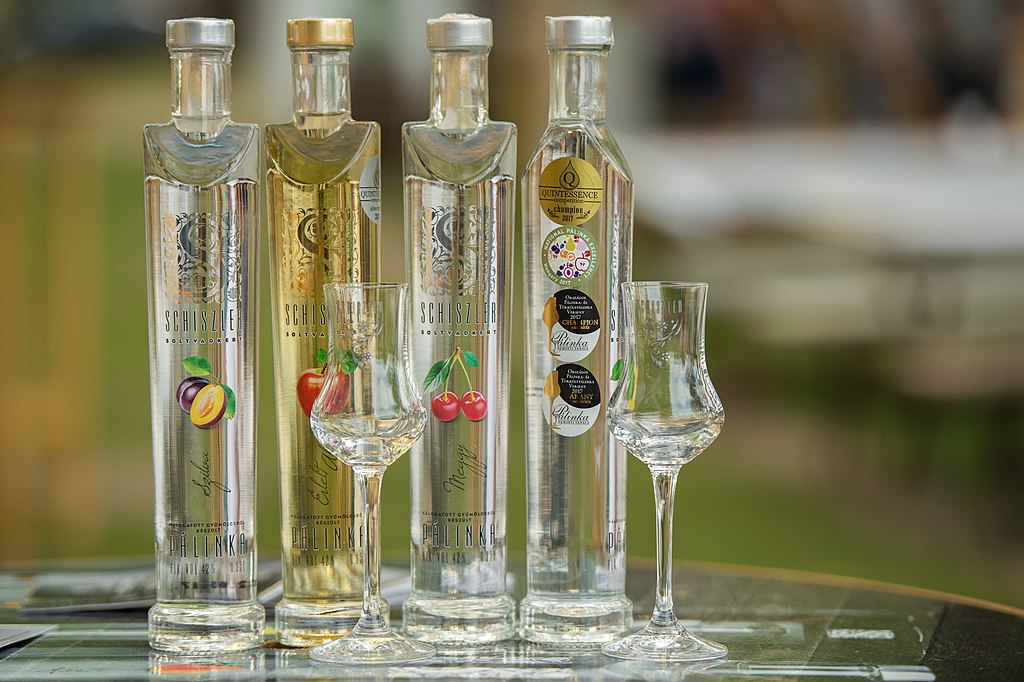

Source:





